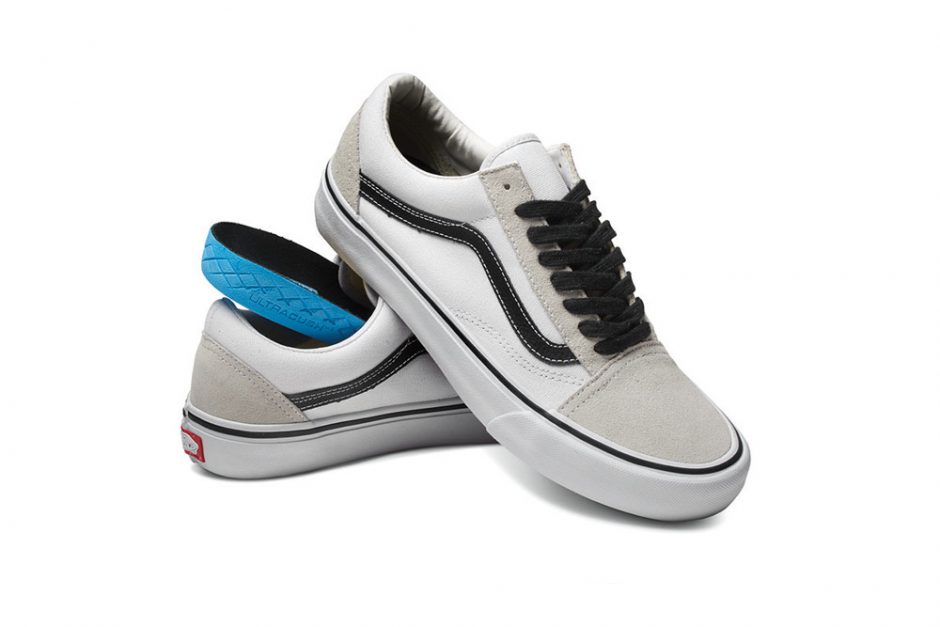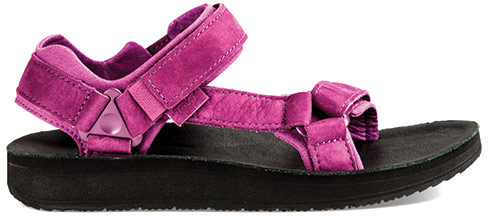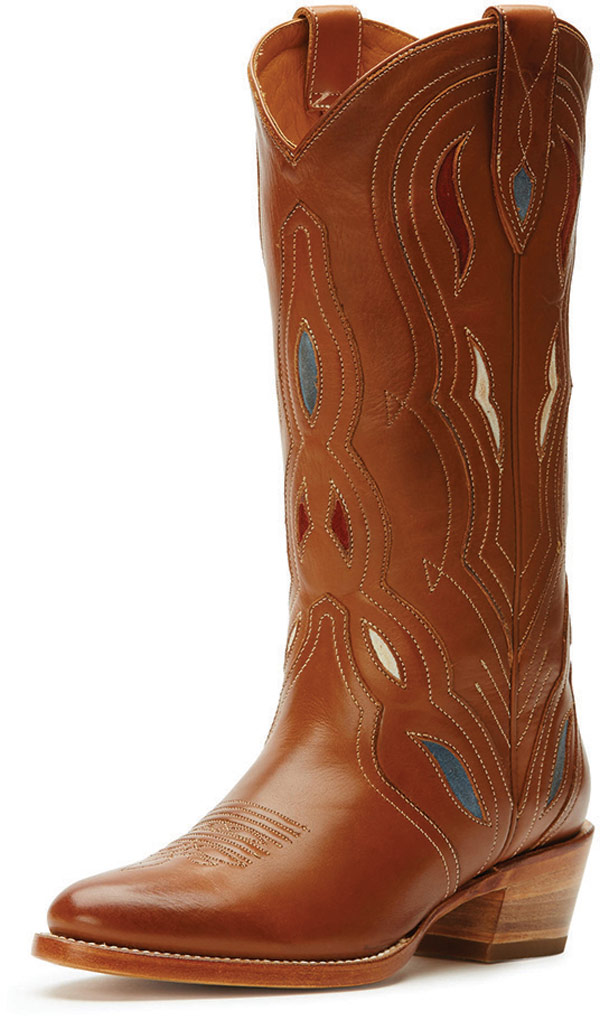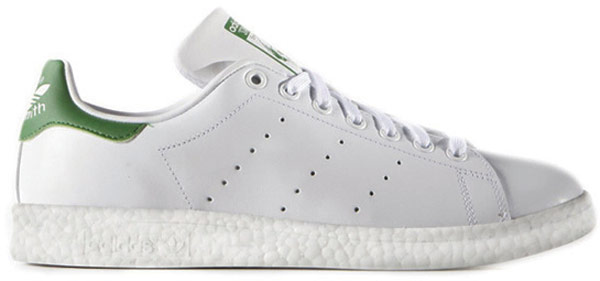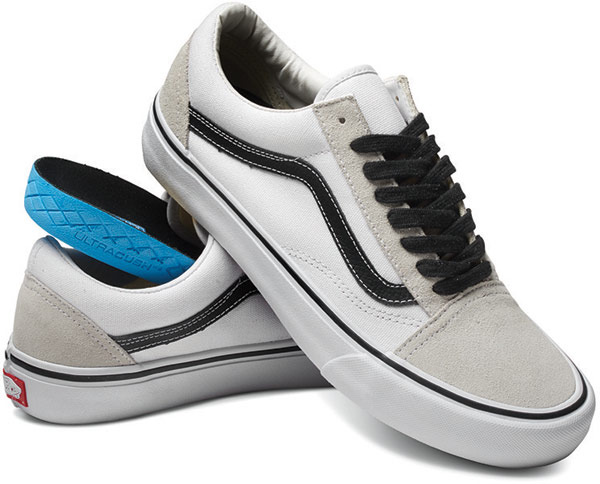
How do you improve upon a classic? The short answer: not easily. It requires a delicate balance between familiarity and freshness to retain original customers while attracting new ones. Take Hollywood, for example. Many film classics have been given makeovers, either by coloration techniques or complete remakes. Oftentimes, however, such (expensive) efforts flop at the box office. To wit: The all-female cast of Ghostbusters blasting away goblins as opposed to the original starring Bill Murray—a perfect example of leaving well enough alone. Similarly, Coca-Cola’s efforts to market New Coke back in the mid ’80s as a “bolder, rounder and more harmonious” version of its classic flavor went completely flat. So much so, a marketing meme floated afterwards that the campaign was designed to make consumers demand the return of the original beloved flavor all along.
Messing with a classic can be a risky business. Changing too much, for example, can undermine consumer trust, according to branding expert, Rob Frankel. “Brand strategy is all about building trust and differentiation. Differentiation is easy; trust is not,” he says. “If you change too much, you undermine that trust.” Frankel adds that while subtle tweaks and changes are often welcome, ultimately, it’s a question of balance. “It’s a good idea if brands can say, ‘We adopted to this change in a way that only our brand and nobody else could achieve,’” he says.
When it comes to remaking classic shoe styles, maintaining the look is key, but just reaching back into archives and slapping together the same exact shoe is not the best approach. Matt Powell, sports industry analyst for NPD Group, beleives today’s consumer expects the benefits of modern design in classic styling. “A couple of brands tried to bring back shoes exactly like they were made, and they were not successful,” he says, adding, “The consumer wants the concept of retro but expects a modern shoe.”
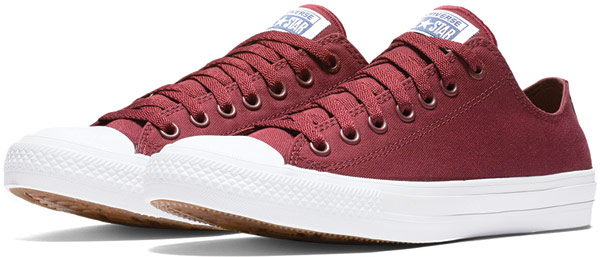
Powell’s ‘concept of retro’ is in step with consumers’ current love of all-things nostalgia. Take, for example, the current classic alpine boot craze, spanning trail-worthy replicas to runway iterations, or the ongoing affection for heritage brands. “There’s a nostalgia right now around things that are old—a simpler time without the stresses of what we’re going through today,” Powell explains. He cites a recent Rolling Stone issue completely devoted to the ’90s as an example, along with recently robust sales in retro athletic footwear styles. He reports that the classic athletic category is the hottest trend in athletic footwear, which grew at a 29-percent clip through the fall of 2016 and shows few signs of slowing anytime soon. He adds that virtually every major brand with older styles in their vault is participating. “There’s a massive trend back to retro that’s bringing back old TV shows to retro sneakers,” Powell confirms.
“Everyone is on the retro bandwagon these days,” agrees Louise Dirks, who is buying an assortment of throwback styles for Fall ’17 at her Canadian retail chain, Gravitypope. “It’s being done in a new modern way with lightweight/comfort aspects, and, in that frame, retro works.”
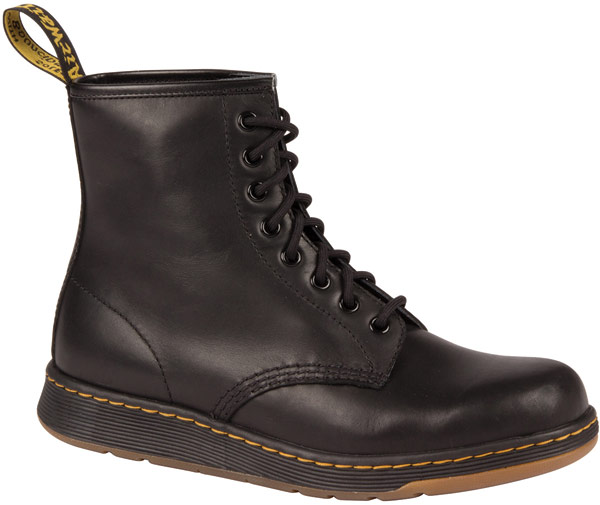
Two such examples are the recent remakes of Converse’s Chuck Taylor All Star—the shoe’s first overhaul in nearly 100 years—and Vans’ Classic Slip-On. In the case of Converse, the new design incorporates parent company Nike’s Lunarlon foam insoles, a padded tongue and micro-suede lining, along with such stylistic tweaks as monochrome eyelets, premium canvas and a fully embroidered patch. It looks like a Chuck but wears more like a Nike Free. The debut in 2015 generated instant buzz at retail. “The Converse Chuck II with elevated materials, clean outsoles void of foxing and the addition of Nike Lunerlon insoles provided consumers with comfort as well as a modern feel to the classic,” attests Dirks. She adds that the “strategic launch with an elite group of retailers created an immediate demand in the market.”
Renewal Raves
The remake of the Vans Classic Slip-On is considered one of the best in recent memory. If there was ever a silhouette with retro aesthetics that could benefit from a design upgrade to its original clunky, stiff and heavy vulcanized construction, it was this shoe. Thanks to an UltraCush Lite sole and added heel cushioning that combine to improve fit, flexibility and increase comfort—all in a lighter-weight package—the Classic Slip-On has been reborn. It became a fashion darling, even seen on several runways. For sure, the style expanded well beyond its base of primarily male surfers and skaters. Vans quickly followed that remake with several others, including the Old Skool Pro this past holiday season, which included an array of skateboarding technology upgrades like UltraCush sockliners, Duracap reinforced underlays placed in high-abrasion areas and a slimmer last for a closer fit in the heel, arch and forefoot. As far as aesthetics, the foxing is wrapped a little higher, the vamp lengthened slightly and the collar adjusted. “All these choices were made to improve fit and increase the life of the Old Skool Pro, as well as a cue back to some of the best details when [the shoes] were manufactured in California,” explains Neal Shoemaker, designer. He adds that nods to Vans’ past will continue for 2017. “Our Legacy collection references 1989–93, an era they love in skateboarding and hardcore music, both of which the Old Skool was an integral part,” he says.
Scott Baldt, senior director of omni-channel for Rack Room Shoes and Off Broadway Shoe Warehouse, says the Vans remakes are performing well in his stores. “Mids are gaining momentum and styles featuring their traditional side stripe logo are quickly gaining traction among top sellers,” he reports. Dirks is also excited about a new Ultrarange style for Fall ’17, which features old-school styling with a super light gum rubber and high-density EVA outsole on an UltraCush foam insole. She’s in talks with Vans to nab the style a few weeks ahead of the full release. “Limited availability gives it that push,” she says. “Everyone wants it because they can’t have it!”

This fall’s revamp of several classic Dr. Martens styles under the umbrella, DM’s Lite Collection, has also been received well. Like the name implies, the Newton 8-eye boot, Cavendish 3-eye oxford and Edison tassel loafer are lighter (up to 260 grams lighter than their welted predecessors) and more cushioned thanks, in part, to a SoftWair memory foam insole with moisture-wicking properties. In addition, a Phylon midsole, sleeker outsole and triple-stitch construction provides an already broken-in feel. Still, the overall aesthetics—like signature yellow stitching and grooved sidewalls offer familiar brand markers, according to Simon Jobson, marketing director. Also true to the brand’s rich history is the tight palette of black or oxblood red. “DM’s Lite takes all of the iconic DNA and associated comfort and durability that the brand is famous for but in styles that transcend from workwear to fashion and take classic shoemaking skills into street and lifestyle products,” he says, noting that it’s the company’s most evolutionary concept since the original ‘AirWair with Bouncing Soles’ technology debuted in the ’60s. Jobson adds that the goal of DM Lites is to attract a broader audience. “These consumers will include free-thinking individuals who may have never worn a pair of DMs before,” he says.
So far so good as Jason Rogowsky, CEO of New York–based Shoe Parlor, reports the DM’s Lite Collection is selling well. “We’ve had success on the DM’s Lite Collection,” he affirms. “The consumer is always looking for a lighter version of something that’s typically a little on the clunky side. But that’s Dr. Martens’ roots. They linked up well in that department.”
Dirks notes that although the DM’s Lite Collection is marketed as unisex, the response has been stronger among Gravitypope’s female clientele. “Customers like the look and the fact that they are significantly lighter than the standard Dr. Martens product,” she says. It helps, she adds, that other brands are going lighter and cushier in many of their offerings. “Consumers are becoming aware of the benefits of lightweight footwear, and more and more brands are putting research and development into this type of shoe,” she says, citing the Clarks Originals Trigenics and Camper’s remake of its Pelotas collections as two lightweight stories that have been well-received of late.
Ugg or Ugh?
One might assume that genuine improvements in construction—be it lighter weight, increased flexibility or improved cushioning—would always be received well. However, it’s not always a guarantee. Sometimes product improvements do not translate at the store level because marketing fails to communicate the upgrades, especially when they are not easily identifiable to the eye.
Take Ugg’s re-boot of its Classic, dubbed the Classic II, that hit stores this fall. The silhouette looks nearly the same as the original but the uppers are now water- and stain-resistant, a leather heel plate is sturdier, and a new Treadlite outsole offers improved traction. “We’ve incorporated these innovative technologies, allowing our customer to brave the elements while still wearing their Classics,” says Jennifer Somer, vice president of women’s & lifestyle, adding, “This is without a doubt the biggest launch Ugg has ever taken in its 38-year history.” (The technology upgrades have also been introduced in four other styles—Street, Luxe, Cuff and Slim.)
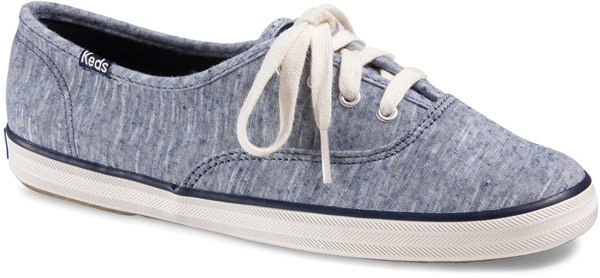
Home run, right? Joe Gradia, co-owner of Hawley Lane Shoes chain in Connecticut, believes the Classic II is absolutely an improvement. “It has an ultra-thin heel and arch built into the footbed, which counters the opinion that Uggs are bad for you,” he explains, adding, “They’re really putting support in the product and have made it better.” However, he notes, the boot has met some resistance in his stores to date. Gradia says the challenge lies in selling customers on the belief the new version is worth $30 more. “You have a product that looks similar but now has water-resistance,” he offers. “A lot of customers, however, are deciding to buy the original with the waterproof spray and save.”
Gary Hauss, owner of J. Stephens chain (with stores in California and Arizona) has experienced similar difficulties upselling the Classic II to his customers. “The updates they did are fine—if the original wasn’t around,” he says. “But there’s not enough difference to sell them side by side.”
Most agree that once the original Classic is flushed out of the market, educating consumers on the new and improved boots will translate into a successful remake story. “The price hike makes sense, but the consumer is seeing too much of the same thing when the old and new versions are side by side,” Gradia says.
“The consumer really needs to understand why these shoes are more expensive than the original, and that takes a strong marketing campaign,” notes NPD’s Powell. He believes marketing new features and benefits is imperative to the success of any revamped classic. “When there was marketing around the Converse All Star II and Vans Old Skool Pro, the response was brilliant,” he says.
Along those lines, Ugg has teamed with model/actress Rosie Huntington-Whiteley as brand ambassador of its new Classics collection. “Our partnership has helped us communicate these upgrades to fans,” Somer says, hinting that the redesign is just the start of new branding for Ugg. “We’re not just celebrating the launch of the new Classic, but it also marks the beginning of a whole new line of product you will soon see from Ugg, including updates to our men’s and kid’s lines.”
Keds has incorporated a similar celebrity-centric approach as it reintroduces remakes of its classic Champion style in tandem with its 100th anniversary celebration last year. Exclusive design collaborations with such names as Kate Spade, Malhia Kent and Taylor Swift are part of product upgrades that include OrthoLite footbeds and new upper materials such as tweed and leather. “It’s a comfort story,” says Gillian Meek, president. “If you look around the footwear industry, it’s becoming a price of entry. We live in that space where you can be on-trend and fashionable, but it must be really functional.” Meek adds, however, that the brand is careful not to stray too far from the original version. “An original is something you can’t invent, and that’s something to be cherished,” she says. “But in today’s world where female consumers are bombarded about the latest fashion technologies and looks on a daily basis, they need something fresh.”

